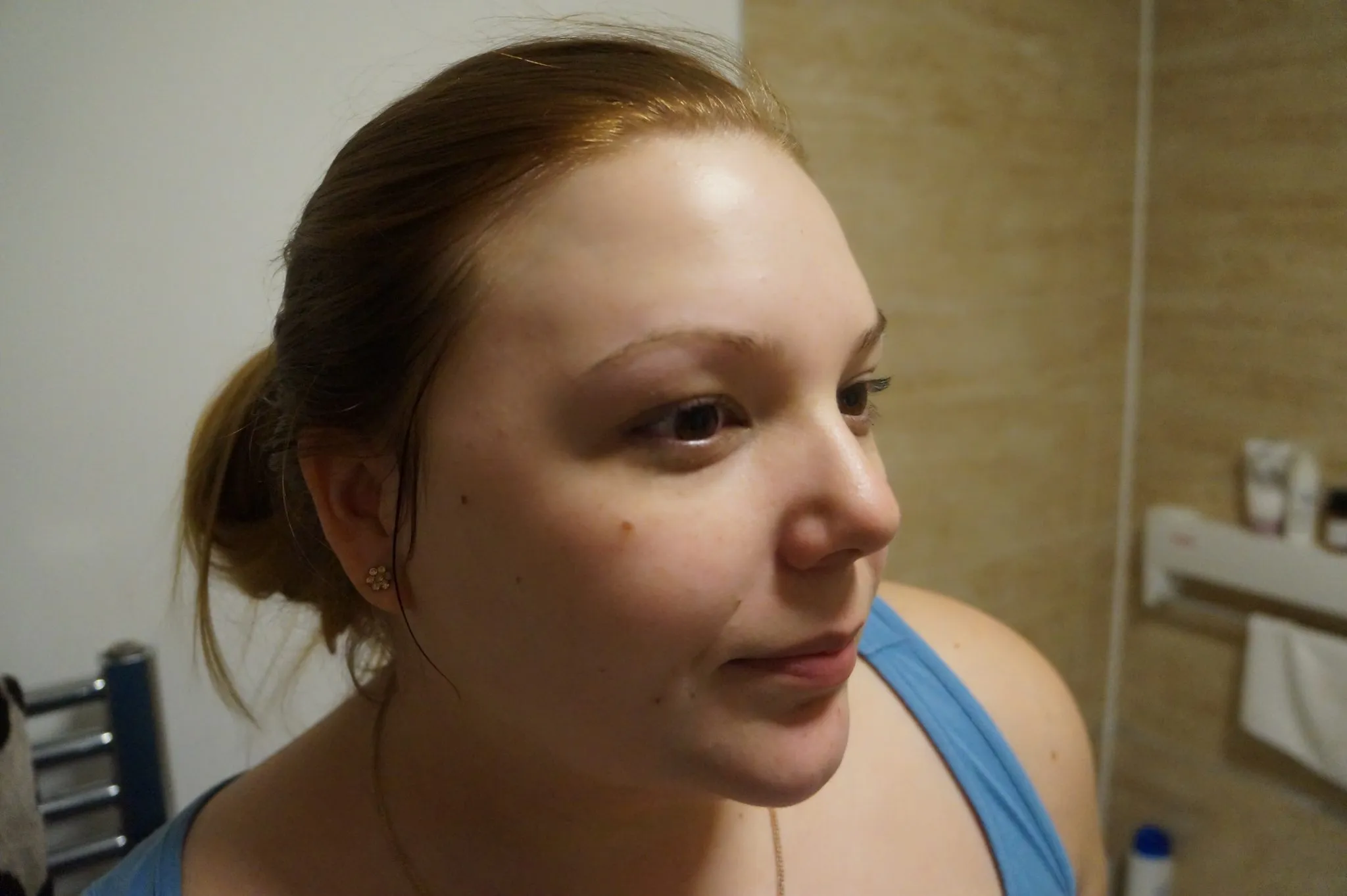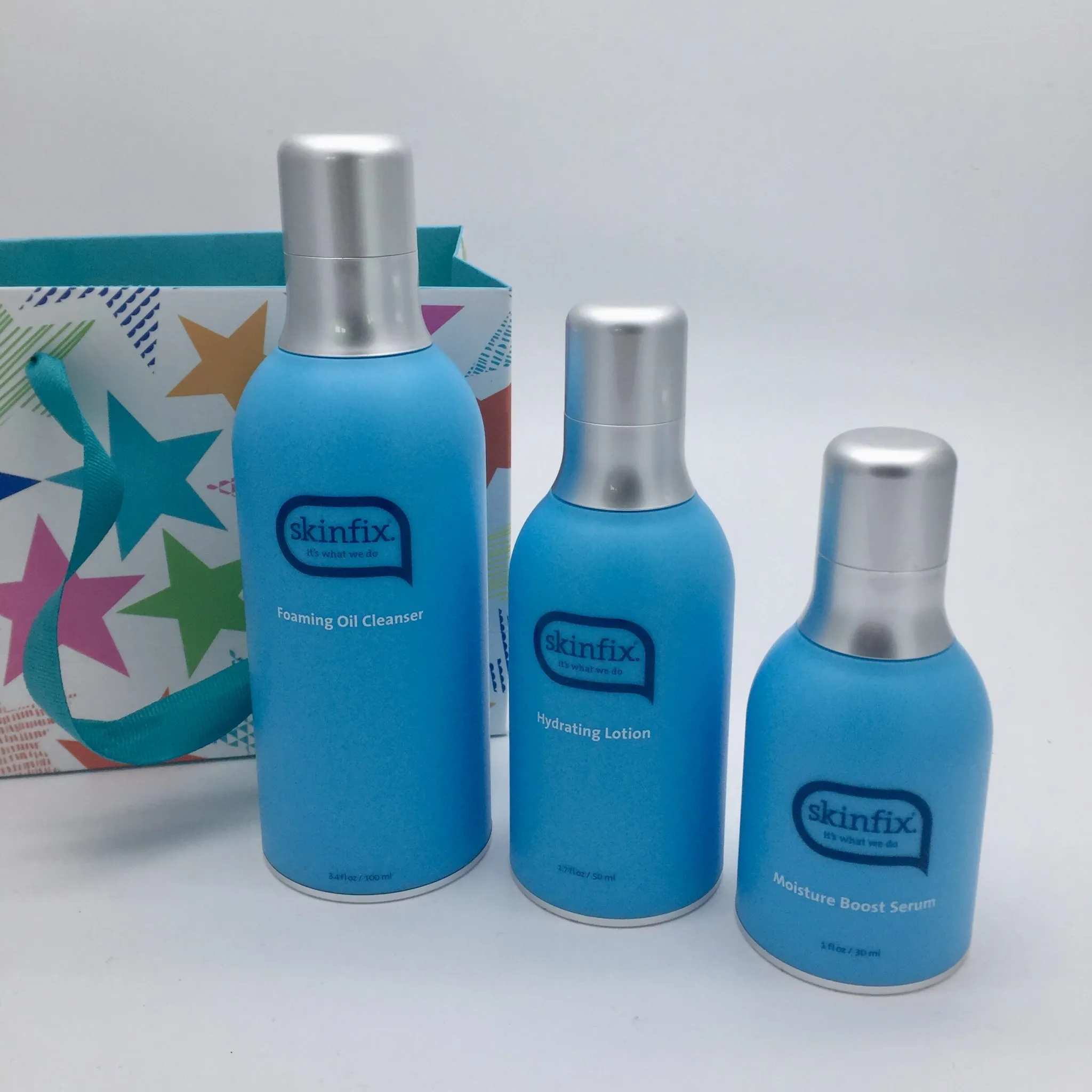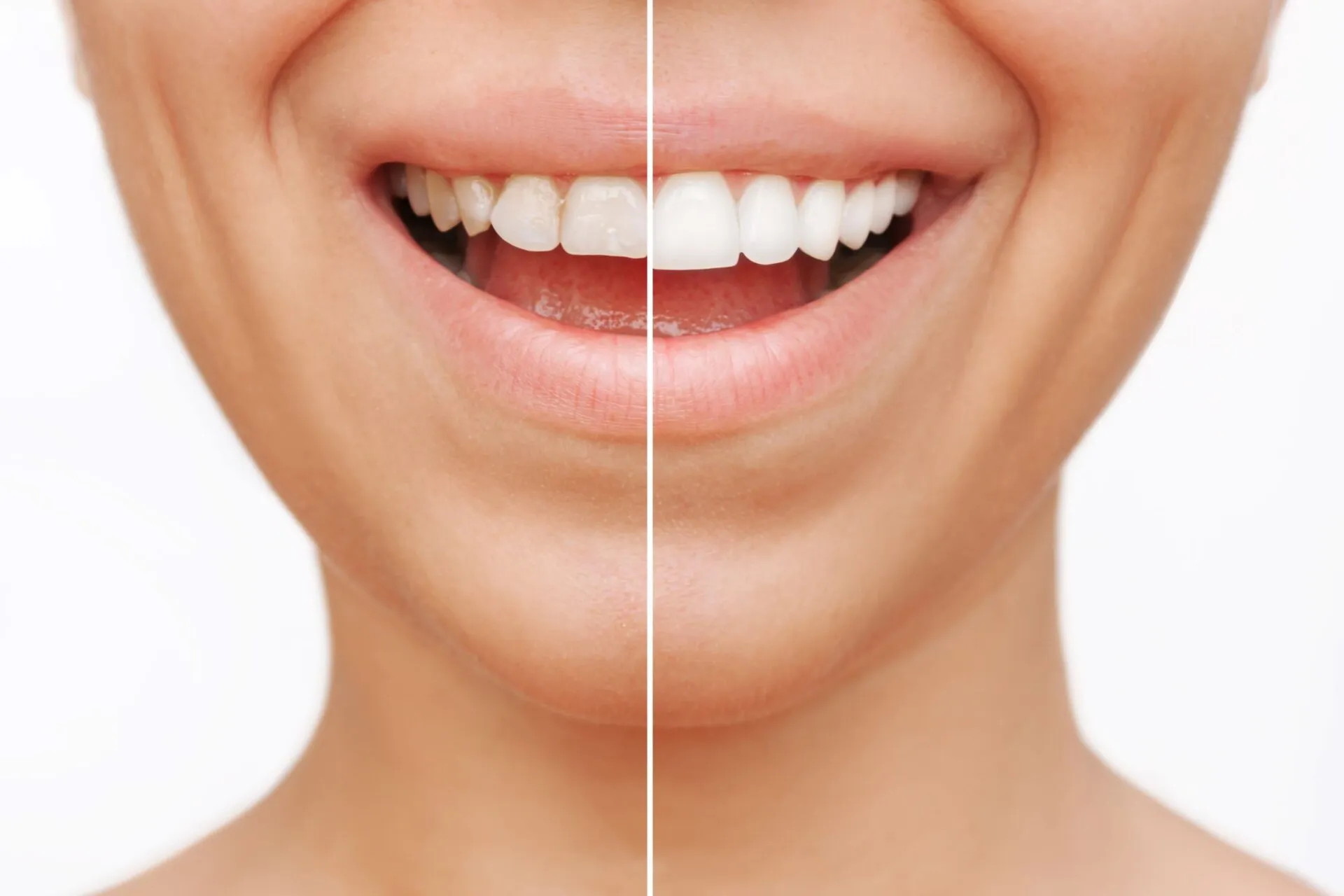Skin tightening procedures are more diverse than you might think. It isn’t just a simple matter of whether to have a facelift or not (like it’s that easy!). There are actually many different ways to treat wrinkles and sagging skin. From botox injections to special serums. I’ve definitely thought about it more as I head towards my thirties and I’ve realised knowing all of your choices is the only way to make sure that you choose properly and get the best results. But you also need to know and understand your skin regardless of how you want to tighten it.
Your Wrinkles and Sags Are Caused by Collagen Reduction
Primarily, your wrinkles and sags have probably shown up because your body isn’t making enough collagen anymore. Collagen, along with other substances including human growth hormone (HGH), works to hold your skin together and give it its elastic-like stretchy quality. The natural aging process causes your body to make less HGH, collagen, elastin, and other things that your skin needs to stay healthy.
While the decrease in collagen and other vital substances leads to aging signs, one effective way to combat these changes is through medical interventions like a facelift. This procedure aims to reduce the appearance of facial wrinkles and sagging skin, rejuvenating the face by tightening underlying tissues and re-draping the skin on the face and neck.
Of course, there are other things that can contribute to your wrinkles and sags as well. Poor diet, lack of exercise, and smoking are all possible causes of premature signs of aging on the skin. Chemical or sun exposure can also contribute. But, in general, either replacing that lost collagen or encouraging your body to make more of it on its own can help to reverse some of the damage. That’s what skin treatments are for and of course hearing all of this makes me want to check my water intake which can make a huge difference on skin.
Treatments Work on Different Layers of Skin
Another thing you should know is that different treatments affect different layers of your skin. For example, those who have used cosmetic lasers to treat their skin problems before may have told you that laser devices only resurface the skin by removing the top layer. That is certainly true if you have an ablative laser treatment, but non-ablative lasers penetrate into the deeper layers and don’t do much to the outer layer at all. Fraxel lasers, meanwhile, affect all layers of skin at once. Theres so much to consider here and it’s worth you doing the research.
Similarly, other skincare treatments also affect specific skin layers. For example, Botox injections are given below the top layer of skin, but microdermabrasion buffs off the top layer of skin while having very little impact on lower layers. Sound wave treatments such as ultrasound therapy are capable of stimulating collagen production on a wide scale without leaving any obvious marks on the skin’s surface.
Why All of That is Important
Those are all important things to consider for two main reasons. One is that your skin type and color can make you more prone to side effects from treatments affecting your skin in a certain way. For instance, if your skin is dark then you might be more prone to large oil glands. That oil could potentially heat up and burn your skin during laser treatments, especially from ablative devices that affect your skin’s surface.
The second reason to know how all of these procedures work is that you could have other problems besides just loose or sagging skin. Depending on what those problems are, you may want to avoid certain procedures and gravitate towards others. Plus, it could just be that you need to revamp your skincare routine and get some fresh love on your face.
Ultimately, you will have to consider your skin issues along with your skin color, skin type, and other underlying skin problems before the best solution will reveal itself. But that process is a lot easier than it sounds because a trained dermatologist or skincare technician can easily assess your skin visually, as well as by your medical history and suggest the best procedures based on that information.




